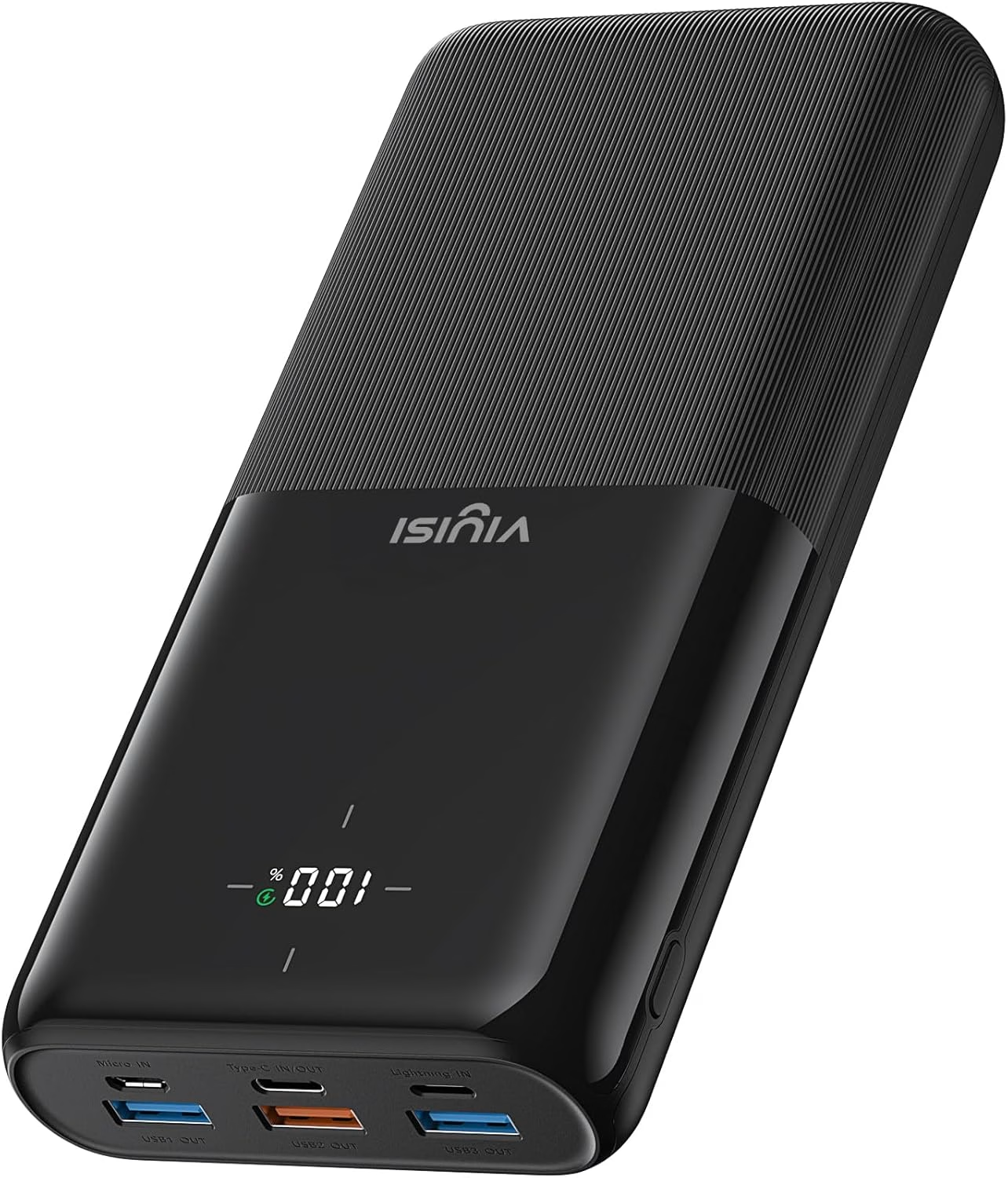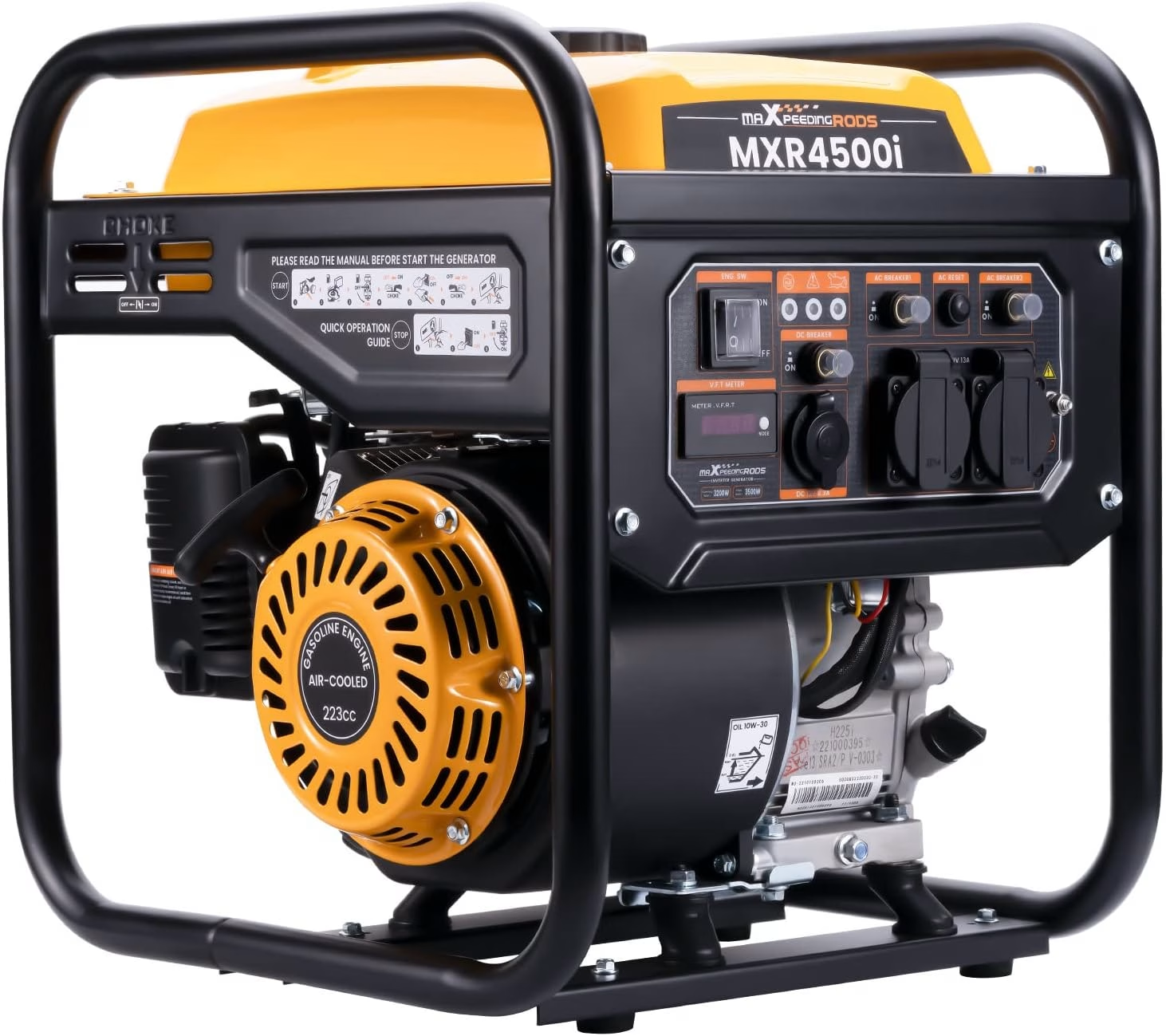This guide, specifically for those of us in the SSEN network area on Mull, will walk you through what to do before, during, and after a power cut, focusing on the preparation needed when local services are unavailable.
Part 1: Before the Outage – Building Your Fortress of Preparedness
Preparation is key. Don’t wait until the winds pick up to think about what you need! Assume local services will be closed.
1. The Essential Emergency Kit: Your Go-Bag for Blackouts
Keep these items together in one easily accessible place – a sturdy box under the stairs, or a dedicated cupboard. Aim for a 3-5 day supply.
- Lighting That Lasts: Forget candles (they’re a fire hazard!). Invest in battery-powered or wind-up torches and lanterns. Ensure you have plenty of spare batteries or rechargeable options.
- Stay Informed: A battery-powered or wind-up radio is your lifeline to local news, weather updates, and crucial SSEN announcements if mobile signals are down.
- Communication Backup: Keep power banks for your mobile phones fully charged. A corded landline phone (if you still have one) will often work even without electricity, unlike most cordless models. Crucially, have a paper list of important contacts: SSEN (105), neighbours, family, and emergency services.
- Food & Water (The Critical Stockpile): Stock at least 3 days of non-perishable food – tinned goods (with a manual tin opener!), dried fruits, nuts, energy bars. And don’t forget bottled water – a minimum of 2.5-3 litres per person, per day. Since shops may close immediately, this stockpile is non-negotiable.
- Warmth is Wealth: Extra blankets, duvets, and layers of warm clothing. Consider a safe, non-electric heat source like a portable gas or paraffin heater, but ONLY use these in very well-ventilated areas, never in sealed rooms.
- Health First: A well-stocked First Aid Kit and at least a week’s supply of all essential prescription medications.
- Cash is King: ATMs and card machines won’t work. Have enough cash for essentials, as you won’t be able to buy fuel or food if businesses with generators are not accepting cards.
This powerful 30,000 mAh power bank features 22.5W fast charging and four output ports to charge up to four devices simultaneously. A digital display ensures you always know the remaining battery level.
2. Home Readiness Checklist
- Priority Services Register (PSR): If you or someone in your household is vulnerable (elderly, disabled, young children, or relies on medical equipment), register with SSEN’s Priority Services Register. This ensures you get extra support and updates.
- Direct Link: https://www.ssen.co.uk/power-cuts-emergencies/priority-services/
- Phone: 0800 294 3259
- Charge Everything: Before a storm, fully charge all phones, power banks, and any battery-operated medical devices.
- Fuel Up: Keep your car’s fuel tank at least half-full. Petrol pumps need electricity to operate, and may be closed for days.
- Water Storage: If your water comes from an electric pump, fill your bathtub and containers with water for drinking and washing.
Part 2: During the Blackout – Staying Safe and Managing
The lights have gone out. Don’t panic! Remember that most local businesses will be unable to operate.
1. Initial Actions & Reporting
- Check Neighbours: See if your neighbours are also without power. If they are, it’s an area-wide issue.
- Fuse Box Check: If your neighbours have power, the fault might be internal. Safely check your fuse box for tripped switches.
- Report to SSEN: If it’s an external fault, report it immediately by calling the free national power cut helpline: 105.
- SSEN Power Track: If you have mobile data, check SSEN’s Power Track for updates and estimated restoration times.
- Direct Link: https://powertrack.ssen.co.uk/
- Safety First: NEVER approach fallen power lines or damaged electrical equipment. Report them to 105 or 999.
2. Staying Warm and Preserving Food
- Keep Warm: Close doors to unused rooms, shut curtains, and layer up. Huddle together if possible.
- Appliance Management: Switch off all electrical appliances to prevent a surge when power returns. Leave one light on so you know when power is restored. Unplug sensitive electronics (TVs, computers) to protect them from surges.
- Food Preservation: Keep fridge and freezer doors closed! A full freezer can keep food frozen for 24-48 hours; a fridge stays cold for about 4 hours.
3. SSEN Welfare Support
- For prolonged outages (over 24 hours), SSEN may organise community welfare support, such as mobile food vans or designated local businesses that are running on generators. Follow SSEN’s social media and local resilience groups for updates on these locations.
4. Community & Neighbour Check-Ins
Island resilience is built on community. Once your own essential needs are met, check on vulnerable neighbours, especially older members or those with medical needs.
- The Human Connection: A quick visit (with a torch) to confirm they are safe is paramount. This is particularly important for individuals who live alone or are difficult to contact.
- Hot Supplies: If you have a safe heat source (gas cooker, wood-burner, generator), offer to fill thermos flasks with hot water for drinks or prepare hot food. You can also fill hot water bottles to provide warmth, especially for older neighbours who struggle with the cold.
- Share the Charge (Safely): Prioritize charging communication devices or small medical equipment first. If your generator is running reliably and your own essential items are stabilized, coordinate a specific, monitored time slot for neighbours to safely charge phones, power banks, or connect a critical appliance (like a freezer) for stabilization. Coordinate this safely and **never overload the generator’s capacity.**
- Communication Hub: Use any available signal (including the hotspots listed below) to send updates or make calls on behalf of neighbours who have no service.
Part 3: Powering Through – Generators & Backup Solutions
For multi-day outages, a backup power source can be a lifesaver, especially for freezers or essential medical equipment.
- Portable Generators/Power Stations: A small generator or a large portable battery power station can keep essential appliances like a freezer running for several hours a day, protecting your food.
- Capacity: Check the ‘running watts’ of the appliances you need to power to ensure your chosen device has enough capacity.
CRITICAL Generator Safety – Carbon Monoxide Kills!
- NEVER run a generator indoors, in a garage, or near windows/air vents.
- Keep generators at least 15-20 feet away from your home.
- ALWAYS use a battery-operated carbon monoxide detector indoors.
Powered by a 4-stroke OHV engine, this generator features pure sine wave technology, delivering clean, reliable power safe for both large appliances and sensitive electronics (like phones and TVs), making it ideal for home backup. It comes equipped with all necessary accessories, including a UK plug and a dust cover.
Connectivity Tips (East Mull)
Signal access is often the key to getting updates and contacting family during a prolonged outage. Here are reliable hotspots in the East Mull area:
- O2 Signal: O2 users sometimes find their signal returns before other networks, or can catch a faint signal in unusual locations. Keep checking, as even one bar allows text communication, though results depend on the fault’s severity.
- Reliable Public Wi-Fi: Sometimes the Wi-Fi systems at transport hubs remain online, or draw power from generators, allowing for quick checks and messaging:
- Outside the CalMac office in Craignure
- Outside the CalMac facility in Fishnish
- The Duart Castle 4G Spot: For those able to travel safely, the Duart Castle carpark often catches a surprisingly strong 4G signal bouncing over from the mainland. This is a crucial location for accessing official updates and making essential video/voice calls. It’s also not a bad spot to sit for a few hours while charging up devices.
Being proactive about power cuts allows us to face the next challenge with confidence and keep our families and properties safe until SSEN’s engineers can restore the supply. Stay safe, Mull.


